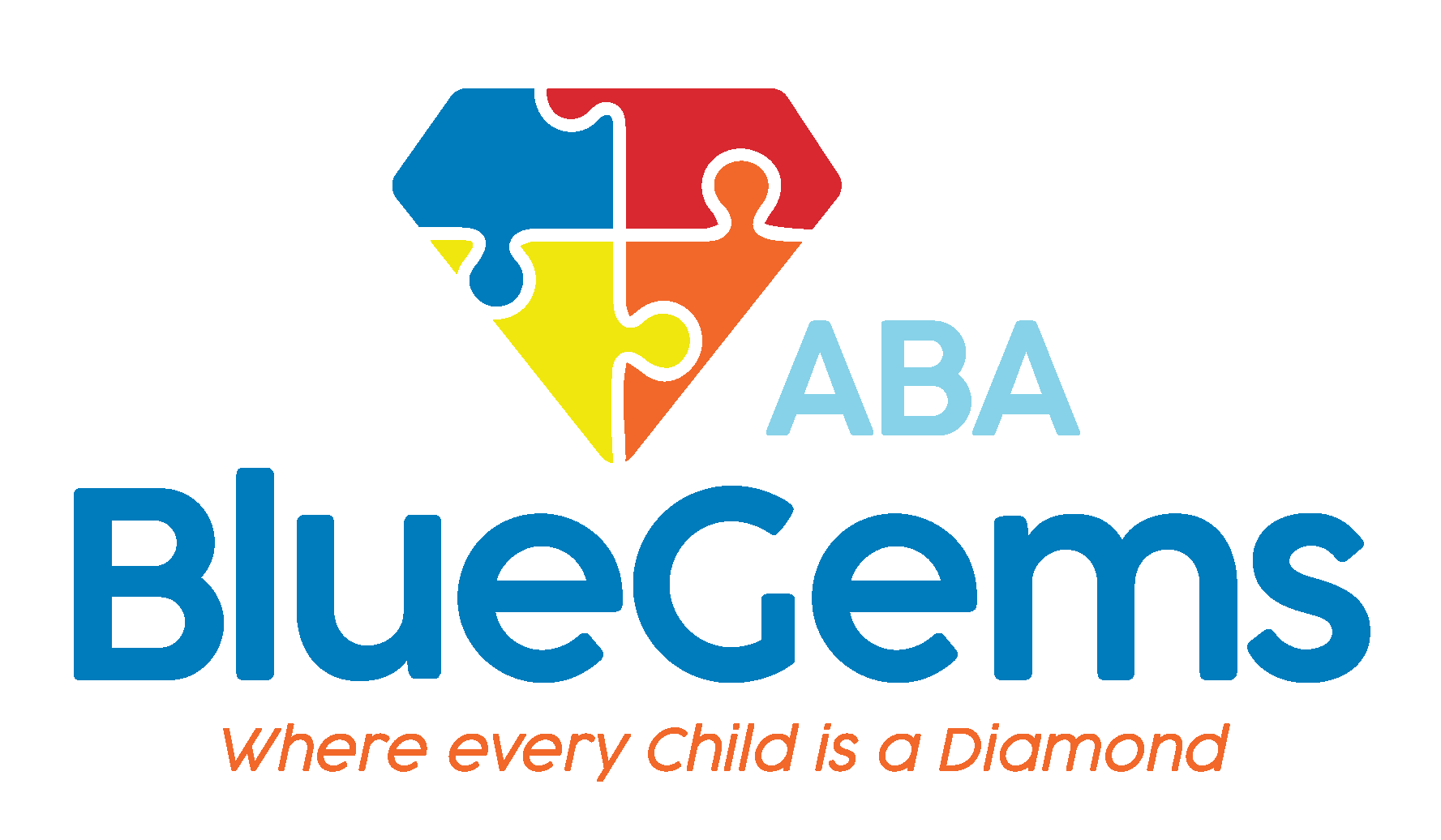What is SD in ABA Therapy?
ABA therapy has been proven to be one of the most effective treatments for children with autism spectrum disorder (ASD). Based on well-researched scientific principles, ABA therapy helps children to learn the communication and social skills that they need to succeed in life.
Trained and certified ABA therapists administer the therapy to patients in either in-home or clinical settings, and integrate parents, caregivers and other family members into the process as well. By doing so, they are increasing the success rate of the ABA therapy, since its principles can be re-emphasized outside of therapy sessions.
There are many different concepts that make up ABA therapy. But, at the heart of it is something that’s called discriminative stimulus1, or SD. Below, we’ll describe in more depth what SD is and how it relates to ABA therapy administration.
Table Of Contents
What is Discriminative Stimulus (SD)?
Discriminative stimulus (SD) is any specific cue or event from the environment that signals to a patient they have the ability to achieve a reinforcement action if they exhibit a desired behavior.
In other words, when an SD occurs, it signifies to the patient that, if they do something a certain way, they are likely to receive a reward or desired consequence.
The principle of SD, which is at the core of how ABA therapy operates, is based on what’s known operant conditioning2. This theory states that behaviors get either weakened or strengthened based on whatever consequences follow those behaviors.
The goal, then, is to increase the likelihood that desired behaviors are strengthened while undesired behaviors are weakened.
How Are SDs Used in ABA Therapy?
During sessions, ABA therapists will put SDs into practice so they can teach their patients new behaviors and skills. They do so by creating a clear connection from an action and its outcome.
Therapists might use visual cues such as a hairbrush to prompt patients to use a real hairbrush to brush their hair. The visual cue serves as the SD in this example.
If the patient then brushes their hair in the right way, using the hair brush, they’ll receive some sort of reinforcement — whether it be a little reward or praise. In time, as the ABA therapist uses this SD over and over again, the child will become more likely to brush their hair on their own.
Practical Examples of SDs
The concept of using SDs is actually not relegated to just ABA therapy and treatments for children with autism. In fact, SDs are used throughout typical day-to-day life for normally-developing people as well.
For instance, traffic lights serve as visual cues, with each of the three colors on them telling drivers what they are and are not allowed to do when they approach an intersection.
A ringtone serves as an SD, telling someone that they are receiving a phone call they need to answer. Doorbells work in a similar way, notifying people inside that someone is waiting at the door to be greeted.
More practical examples of SDs
Different Types of SDs
In ABA therapy, there are three main types of SDs, and all are used by ABA therapists in a variety of ways throughout treatment. Which type of SD is used will be dependent on whatever behavior that the ABA therapist is working on with the patient.
Verbal instructions include spoken commands or cues. This could include the phrases “please be quiet” or “pick up the book.”
Environmental cues include any changes to the patient’s environment that would signal either an appropriate place or time to display a specific behavior. This could be a green light that turns on at a set time in the morning that signifies when it’s OK for the child to leave their room.
Finally, visual prompts include any written words, gestures, objects or pictures that will help to guide how the patient behaves. The example of the picture of the hair brush above is a visual prompt.
Why ABA Therapy Uses SDs
SDs are an integral part of ABA therapy. They help to provide patients with consistent and clear cues that help to guide a change in their behavior. It makes it much easier for them to understand what they need to do and how they need to do it, which in turn results in learning becoming much more effective and efficient.
Since many children with ASD have challenges communicating, other forms of communication and cues such as SDs are an excellent way of teaching children what might be expected of them.
Trust Blue Gems ABA with ABA Therapy for Your Child
Blue Gems ABA is one of the leading providers of ABA therapy throughout the country. We have trained and certified ABA therapists who work every day with children who have autism, using SDs to help them learn the communication, social and everyday skills they need to succeed in life. ABA Therapy is offered in Omaha NE and many other states.
To learn more, please contact us today.




